Application Settings
After creating the application, you can adjust the domain name, partition, and access port whitelist, etc. in the application settings.
The following describes the more specific configuration items in the application settings.
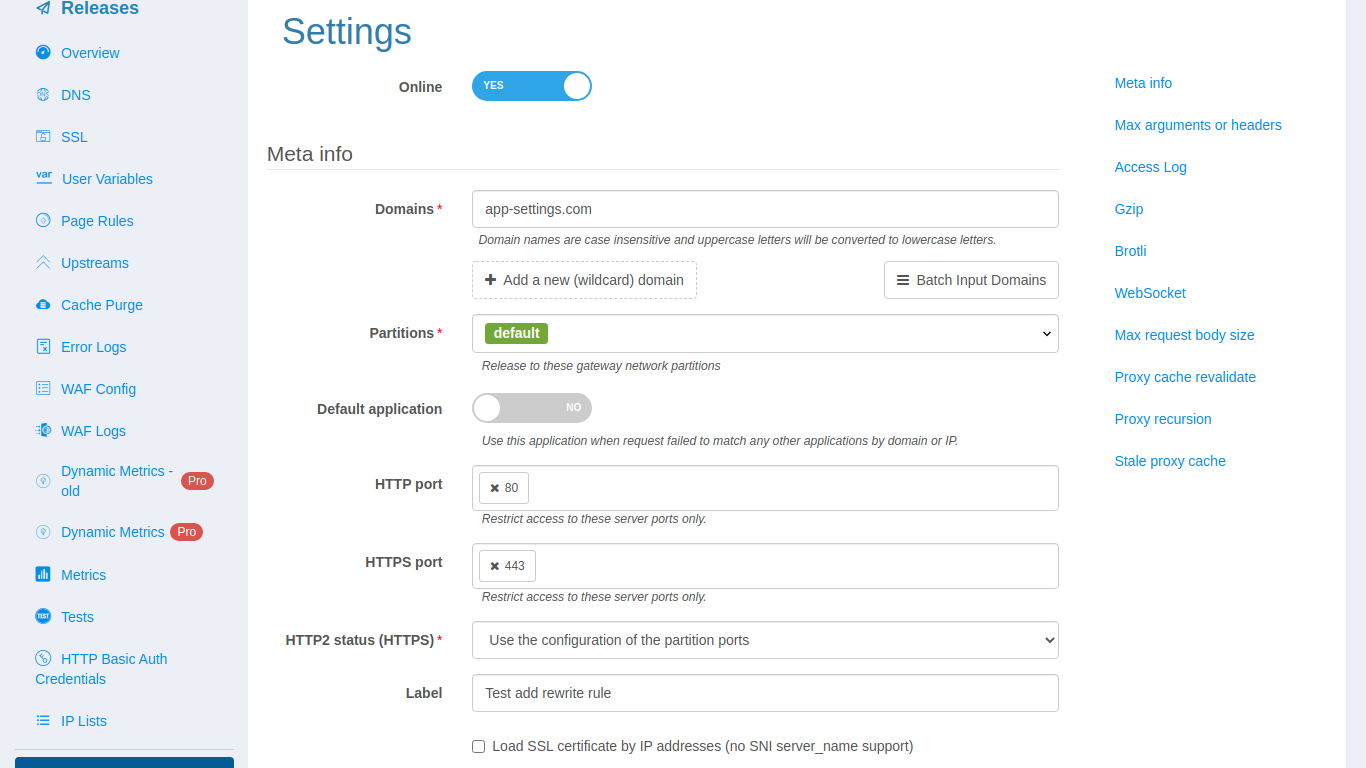
HTTP2 status
Setting whether to allow access to the current application via HTTP2 will be determined by default based on the port configuration of the cluster partition, or you can turn on or off HTTP2 for the current application individually.
The HTTP2 dynamic switch feature here is only available for HTTPS ports, HTTP ports can only have HTTP2 enabled in the cluster partition port.

Load application by IP address
When enabled, the IP address of the gateway node is filled in and the user can access the current application directly by accessing the IP address; the request header does not need to contain the hostname of the application.
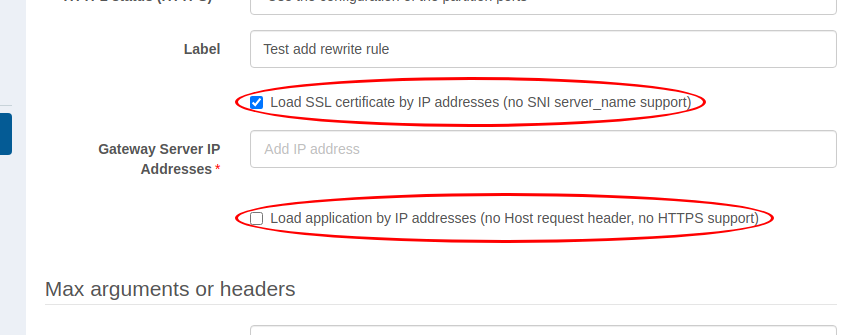
Max arguments or headers
Limit the number of URI parameters, POST parameters, and request headers to 100 b
y default. Optionally, you can limit the number of POST parameters
only when the Content-Type is application/x-www-form-urlencoded.
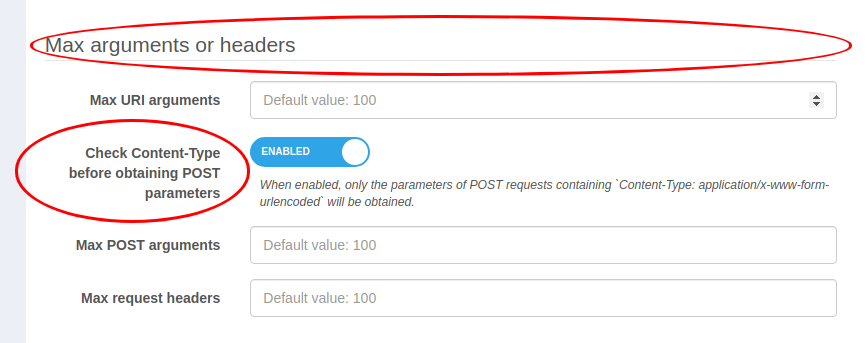
Gzip compression of responses
By default, the Gzip configuration in the global configuration will be used, or you can turn on or off Gzip compression for the current application separately.

Brotoli compression of responses
By default, the Brotoli configuration in the global configuration is used, or Brotoli compression for the current application can be turned on or off individually.

WebSocket
Allows the application to proxy the WebSocket protocol, which is on by default.
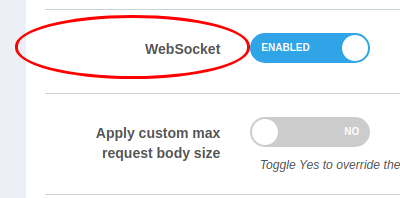
Proxy cache revalidate
If the request header contains If-Modified-Since and If-None-Match,
the expired cache will be revalidated and the current cache will continue to be used
if the server-side resources have not changed.

Proxy recursion
If the proxy upstream is set to the gateway node itself, recursive requests
may occur if the conditions are not set properly.
When the proxy recursion limit is turned on, the proxy request header
OR-Proxy-Recursion-Depth is set to count the number of layers.
An error will be reported when the request reaches this maximum number of layers
to ensure that the server is not overloaded by recursive requests.

Use stale proxy cache
When enabled, you can configure the conditions for expired cache reuse, which is turned off by default.
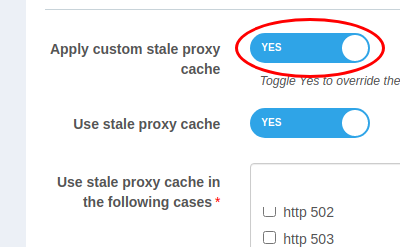
Response Body Compression
When gzip, brotli, and zstd compression are enabled simultaneously, the priority order is: zstd, brotli, gzip.
Gzip Compression
For details, see Gzip Compression
Brotli Compression
For details, see Brotli Compression
zstd Compression
For details, see Zstandard (zstd) Compression